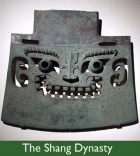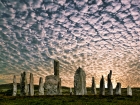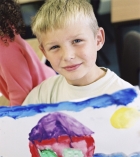Using Sources
It is important to use a wide range of sources such as pictures, artefacts, music and sights. Children will use these to build up their enquiry thought and processes and to build up their understanding of past.
Sort by:
Date (Newest first) | Title A-Z
Show:
All |
Articles |
Podcasts |
Multipage Articles
-

Ten texts for the Platinum Jubilee
ArticleClick to view -

The Elizabeth cake
ArticleClick to view -

The Great Exhibition of 1851: teaching a significant event at Key Stage 1
ArticleClick to view -

The Great Fire of London and the National Curriculum
ArticleClick to view -

The Jill Grey collection and Hitchin British schools
ArticleClick to view -

The Maya: a 4,000-year-old civilisation in the Americas
ArticleClick to view -

The Plague in Cumberland 1597-1598. Some documents used in the Cumbria Record Office (Carlisle) by Key Stage 2 pupils studying the Tudors
ArticleClick to view -

The Roman Empire and its impact on Britain
ArticleClick to view -

The Shang: What can we tell about an ancient civilisation from one tomb?
ArticleClick to view -

The Stone Age conundrum
ArticleClick to view -

The world on the wall: exploring diversity on Hadrian's Wall
ArticleClick to view -

Thematic or topic based whole school curriculum planning
ArticleClick to view -

Think Bubble 49: Frozen moments
ArticleClick to view -

Think Bubble 54 - Arte facts - Get my Meaning?
ArticleClick to view -

Think like an archaeologist!
ArticleClick to view -

Turn your pupils into history dectectives: using sources to interpret old photographs
ArticleClick to view -

Using Horrible History to develop primary literacy and history
ArticleClick to view -

Using artefacts to develop young children’s understanding of the past
ArticleClick to view -

Using classic fiction to support the study of childhood in Victorian times
ArticleClick to view -

Using different sources to bring a topic to life: The Rebecca Riots
ArticleClick to view

